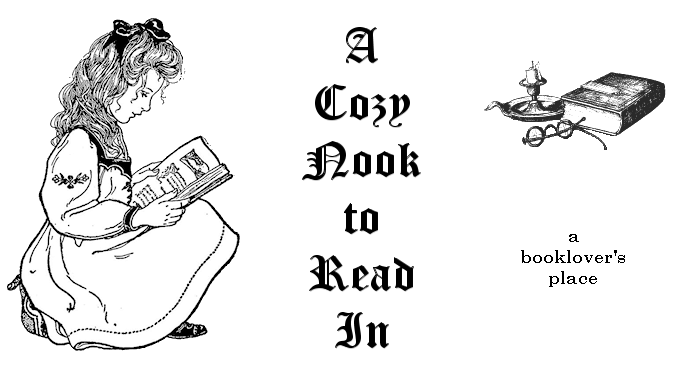You can’t read Christmas compilations which provide short reflections and memories without running into excerpts from this book by Marjorie Holmes, who was in her time a bestselling inspirational author. This book itself is a compilation album of the best from Holmes’ columns from women’s magazines, and it’s a sit-by-the-Christmas-tree with a cat and cocoa type book, with short pieces about Holmes’ home life at Christmas alternating with her thoughts on faith. If you enjoy magazines such as “Guideposts” and their “Ideals” yearly publications and the ‘Chicken Soup for the Soul” books, this is certain to please. Also a good gift book for those inspirational readers.
I always like to hear the other side of the story, so I thought this book would be a good addition to my Christmas library. I had already read the book The Trouble With Christmas and thought this book might be along those lines. Most of the book was pleasant or interesting. Most of the atheists writing enjoy the secular aspects of the holiday, don’t mind it being called “Christimas,” and just don’t want to be prosletized to concerning religious – or lack of thereof – beliefs. Since I dislike being prosletized, I was quite in agreement with them. Some of the humorous essays weren’t, but that’s always the risk in an anthology, and indeed “one man’s meat…” is a truism. The one essay I really didn’t like wasn’t really about belief or opposing viewpoints, but was a whiny “my birthday’s on Christmas and I only ever got one set of presents and it’s not fair” screed. Oh, please. Christmas and birthdays aren’t about gifts. Grow up, please.
It’s finally happened: due to Colonel de Luce’s lack of funds and the necessary repairs needed on the family estate “Buckshaw” has led him to rent the home out to a movie crew, one of which is famous actress Phyllis Wyvern. Even precocious Flavia, youngest daughter forever tormented by her sisters and a devotee of chemistry (especially poisons), is charmed by Miss Wyvern (although Flavia is soon to spot that Miss Wyvern has her disagreeable side) and is surprised when the actress actually seems to like her. But when the acting company puts on a benefit show at Buckshaw, a body and a snowstorm toss the de Luces, the townsfolk, and the movie company into close quarters and closer suspicions.
This fourth in the Flavia de Luce series has a Christie-ish plot complication, and of course our precocious heroine becomes involved in the murder investigation. But, proving that brilliant deductions or not, Flavia is still a little girl, she is also plotting to catch Father Christmas coming down the chimney, and her two projects eventually intersect, leading to an exciting conclusion. A rather dark Christmas romp, but with some additional revelations about Harriet, Flavia’s late mother, and her relationship with her sisters.
James and I listened to an intriguing abridgement of this book on BBC Radio 4X last Christmas, intriguing enough for me to hunt down a copy. Seal investigates the reality and the myth of St. Nicholas, from his shadowed origins to the miraculous “blood” which comes fro his tomb and the theft of his body and its transport to Bari in Italy in medieval times. Seal travels to each of the places in the St. Nicholas legend, leading to some picturesque visits to Turkey and small towns around the Mediterranean, and then to Amsterdam and Belgium. It’s an interesting narrative except for Seal’s insistence on writing Nicholas’ story as if the deceased saint was somehow directing his fame from beyond the grave. Seal sets this against the search of his own children for “the real Santa Claus,” for which the family finally takes a trip to Finland. Unusual and offbeat, but worth looking up if you have an interest in the “ancestry” of Santa.
Weintraub appears to be making a latter-day career about writing about Christmas in the United States during various historical eras (both World Wars, the Civil War, the Revolutionary War). His newest effort concerns the Christmas of 1941, as the United States was still reeling from the events of December 7, and Washington, DC, was in hubbub about a visit from Winston Churchill (during which Churchill addressed Congress and gave his famous “Let the children have their night of fun and laughter” speech). In the meantime, General Douglas MacArthur is doing little to defend his patch of the Pacific Ocean—some interesting neglect brought to light!—and Adolph Hitler is collecting warm winter clothing for the troops he refuses to pull out of Russia. The result is a bit plodding, but there are some intriguing tidbits about Churchill and MacArthur.
Waggoner's nostalgic books ( Christmas Memories: Gifts, Activities, Fads, and Fancies, 1920s-1960s, It's a Wonderful Christmas: The Best of the Holidays 1940-1965, etc.) have been delightful exercises in nostalgia about the sights, sounds, tastes, and the toys of Christmas from 1920 through the 1960s. In this volume she guides the reader not only through the different styles of decorating between the 1920s and the 1960s, but she also presents little craft projects for each decade that will help your decorating ring true--cards, ornaments, room decorations, gift crafts--With full-color illustrations and directions throughout. The person who will appreciate this most will be the one who enjoys vintage crafts, but fans of vintage Christmas will probably enjoy it as well.
